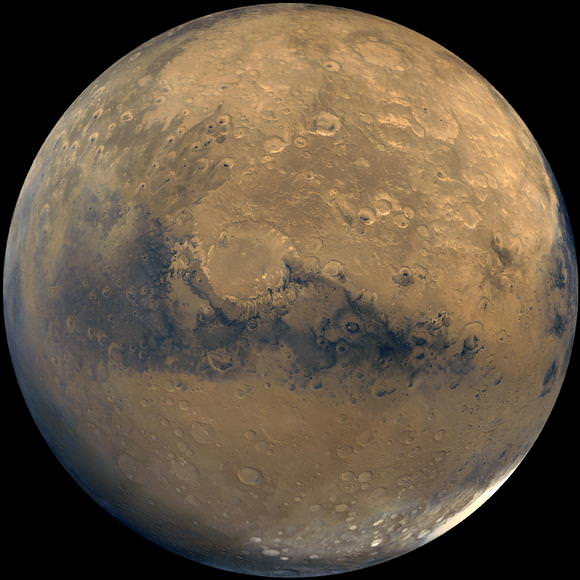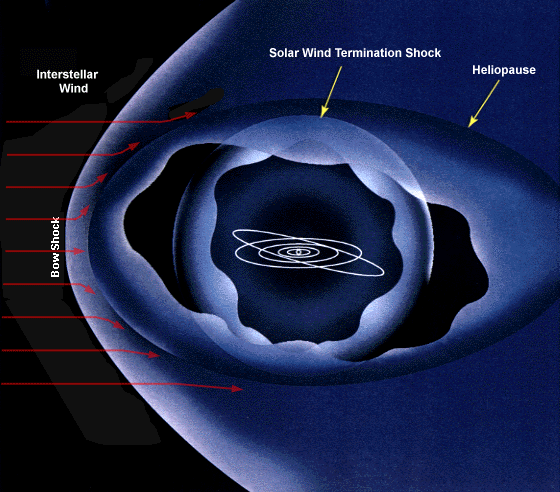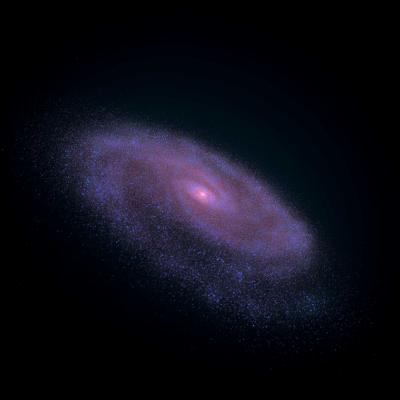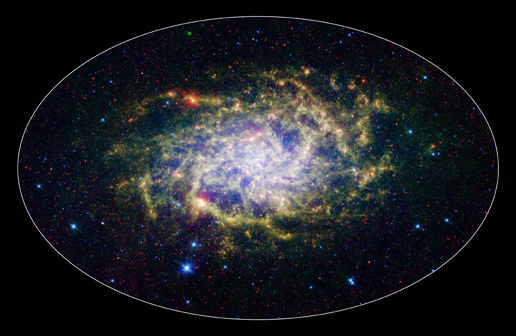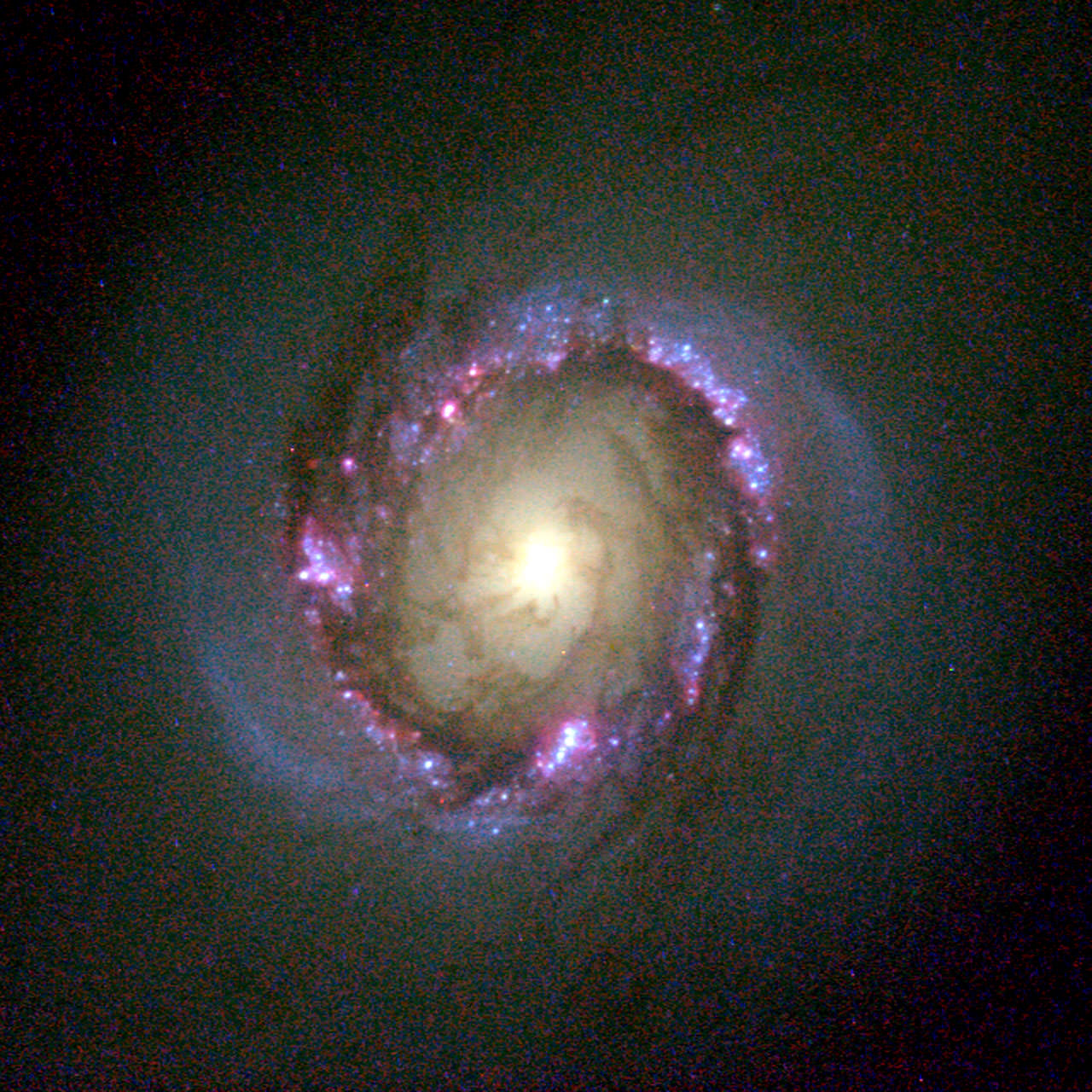Astronomers have divided the eight planets of our solar system into the inner planets and the outer planets. The 4 inner planets are the closest to the Sun, and the outer planets are the other four – Jupiter, Saturn, Uranus, and Neptune. The outer planets are also called the Jovian planets or gas giants. Like the inner planets, the outer planets have similar characteristics to one another.
The outer planets are so much larger than the inner planets that they make up 99 percent of the mass of the celestial bodies that orbit the Sun. Although mainly composed of gas, the outer planets also have other ingredients. Somewhere at the center is what scientist refer to as a rocky core, although it is actually composed of liquid heavy metals. While the inner planets have few or no moons, the outer planets have dozens each. The inner and outer planets are separated by the asteroid belt.
Jupiter is the largest planet in our Solar System with a mass more than three hundred times Earth’s mass. Jupiter is not only the largest planet, it also has the most moons – 63 identified so far. Jupiter is one of the brightest objects in the sky and has a very stormy atmosphere. One major storm, the Great Red Spot, is as big as the Earth.
Saturn is hard to miss with its distinctive, large rings. Although all of the outer planets have rings, Saturn’s are the most visible ones. Astronomers did not know that there any other planets with rings until 1977 when Uranus’ rings were discovered. Soon after that, astronomers discovered rings around both Jupiter and Neptune.
Uranus has the smallest mass of the outer planets, although in size it’s a little bigger than Neptune. It is the only planet to rotate on its side. Scientists are unsure why it rotates that way, although there are a couple theories. One suggests it suffered a major collision and another hypothesizes that smaller shifts during the planets’ formation caused its unusual rotation.
Neptune is the final outer planet in the solar system. Neptune’s winds are the fastest of any planets in the Solar System and can reach more than 1,200 miles per hour. While all of the outer planets’ atmospheres contain hydrogen and helium, Neptune and Uranus contain significant amounts of what astronomers call ices. These ices include water, ammonia, and methane. The methane in Neptune and Uranus is what gives the planets their blue color.
Check out these other articles from Universe Today on the outer solar system and the inner solar system.
If you are searching for more information, NASA has many articles, including one on the planets and Science Daily is also a rich resource for information on the outer planets.
Astronomy Cast has a number of episodes on the Jovian planets including this one on Jupiter.


